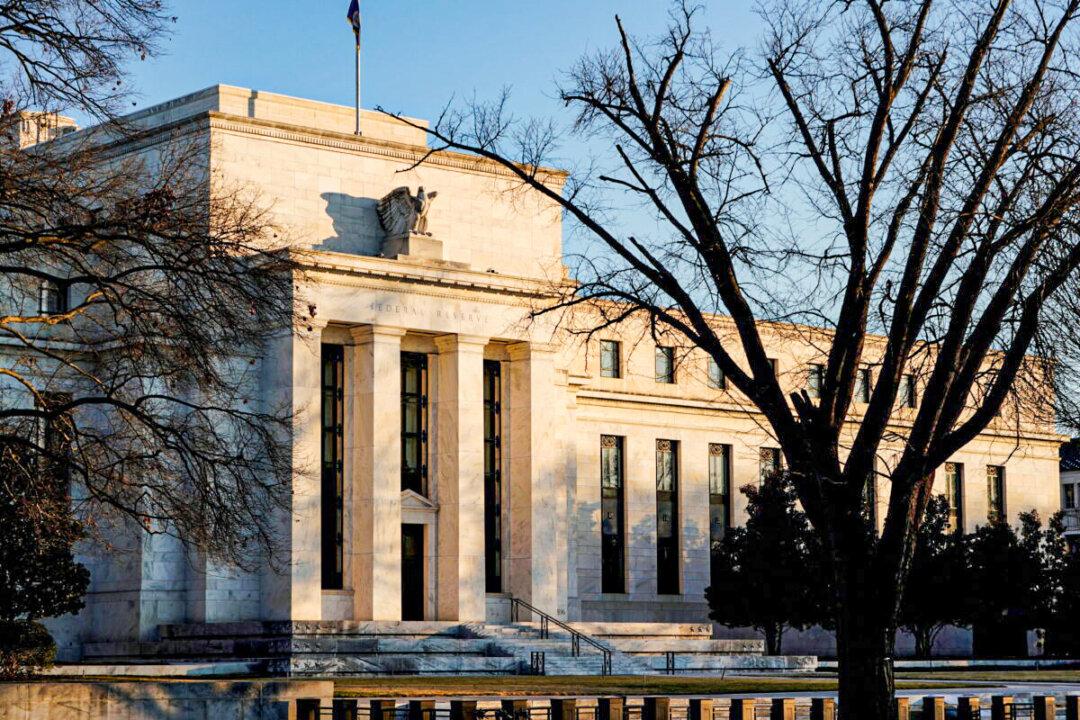The Federal Reserve is striking a more hawkish tone one week after the Federal Open Market Committee (FOMC) raised interest rates by 25 basis points for the first time since 2018.
If the economic data support a half-percentage-point increase to interest rates, New York Fed Bank President John Williams said he would endorse the hike. But he refrained from talking too much about the next two-day FOMC policy meeting in May, noting that it’s only March.





